 By Charlotte Adelman
By Charlotte Adelman
Compared with a living tree, more species of life benefit directly from the habitat and nourishment offered by trees in the afterlife. While a tree’s death causes wildlife dependent on its pollen, fruits or nuts to go elsewhere, the death enables crowds of other woodland life to move in and vastly increase the diversity of species it supports. The moment a tree dies, creatures ranging from birds to bacteria move in to dissolve, chew and disassemble the cellulose and lignin structure into food or habitat. A habitat has four essential components that make it suitable for a particular population of animals: food, water, shelter, and space. A wildlife tree provides three of the four of those essentials making it an important part of your backyard habitat to increase biodiversity.
Some 85 species of birds in North America nest in the dying and dead trees that we call snags or wildlife trees. Dead and dying trees are in limited supply, making them exclusive stopover sites for exhausted migrating birds, and for the bluebirds, American kestrels, wrens, nuthatches, woodpeckers, and chickadees. Cavities located over or near water are used by tree swallows, prothonotary warblers, wood ducks, goldeneyes, mergansers and buffleheads. Some species, like chickadees select a cavity with the smallest opening they can squeeze through. This prevents nest predators (blue jays, raccoons) and nest parasites (brown-headed cowbirds) from entering. Great crested flycatchers often hang a snake skin in the cavity entrance, to scare off intruders. Primary cavity users excavate cavities in the decaying wood, while secondary cavity users wait for a woodpecker to do the work before occupying and enlarging the cavity.
 A dead tree also offers a place to build nests and a perch for hunting and observation (hawks, owls), safety from predators, and protection from the elements. Seeds, nuts and other food items stored in a cavity can determine which individuals make it through a particularly harsh winter, notes The Cavity Conservation Initiative. [i] The native bee larva and Lepidoptera (butterfly/moth) eggs that overwinter in tree bark also serve as food for birds and their spring nestlings. Mammals also use cavities in dead trees. Bats use natural and abandoned woodpecker cavities. Small mammals den in hollow trees. Flying squirrels prefer downy woodpecker cavities, which they line with shredded bark, or lichens, moss, feathers or leaves. Black bears sleep in the vast hollow trunks of huge sycamore trees that once sheltered entire pioneer families.
A dead tree also offers a place to build nests and a perch for hunting and observation (hawks, owls), safety from predators, and protection from the elements. Seeds, nuts and other food items stored in a cavity can determine which individuals make it through a particularly harsh winter, notes The Cavity Conservation Initiative. [i] The native bee larva and Lepidoptera (butterfly/moth) eggs that overwinter in tree bark also serve as food for birds and their spring nestlings. Mammals also use cavities in dead trees. Bats use natural and abandoned woodpecker cavities. Small mammals den in hollow trees. Flying squirrels prefer downy woodpecker cavities, which they line with shredded bark, or lichens, moss, feathers or leaves. Black bears sleep in the vast hollow trunks of huge sycamore trees that once sheltered entire pioneer families.
The wildlife associated with snags play an important role in the dispersal of invertebrates. Peeling bark provides habitat for insects that wild birds consume. Protein-packed mushrooms -the fruiting bodies of fungi—attract more insects and hungry wildlife to the side of dead trees. When downed, hollow logs and dead trees are corridors used by predators as silent passageways through the noisy leaf litter. Below ground, a dead tree’s nutritional offerings eventually enters the soil, where they are further broken down and transported to different soil layers by the various decomposers.

Decomposers including earthworms, firefly larva, ant colonies, snails, and crickets help return nutrients from the decaying debris to the soil, ultimately strengthening the forest’s ability to support life. Species that aerate, dig and fragment wood contribute to improved soil structure and quality. Decomposing wood, especially when accompanied by dead leaf litter, is a nutritionally rich and superior nursery for many seeds, such as shade-seeking wildflowers. Wood decomposers include bacteria, nematodes as well as types of fungi, called mycorrhiza. In return for delivering minerals (phosphorus, inorganic nitrogen) to the plant via its rootlets, the fungi receive moisture and carbohydrates from the plant, and sometimes a bonus in the form of special resistance to certain diseases.
A piece by the Royal Society for the Protection of Birds (RSPB) from the UK urges “Bring your garden to life with dead wood”. Eventually, the structure of the dead tree dissolves and it falls over, becoming a “nurse log” because it provides a habitat for many organisms. Nurse logs are often hollow, and used for a variety of purposes by wildlife. When creating snags from dying trees, it is important that homeowners hire an expert tree service to remove branches and tops of large trees. Homeowners must make sure that whoever does the work is licensed, bonded, and insured, and understands your intention to make a wildlife tree. Contact local arborists for certified specialists who can competently create and maintain wildlife trees.


To clearly communicate about wildlife trees between you and your neighbors, hang up these handy wildlife tree signs.These handy wildlife tree signs provide an opportunity to educate friends, neighbors, and the public about why a dead tree has been retained.
These aluminum signs are about the size of a sheet of paper and cost $10 (shipping included). For the signs, visit The Cavity Conservation Initiative’s Nature Store at: http://cavityconservation.com/nature-store-2/
By Charlotte Adelman
Charlotte is the co-author of The Midwestern Native Garden, Midwestern Native Shrubs & Trees, and Prairie Directory of North America. Co-authored with Bernard L. Schwartz, The Midwestern Native Garden: Native Alternatives to Nonnative Flowers and Plants was the winner of the 2012 Helen Hull Award from the National Garden Clubs. In 2014, Adelman was awarded an Audubon Chicago Region Habitat Project Conservation Leadership Award. Read more about her work in this feature article in the Chicago Tribune.
Additional Resources & Sources:
Nancy Lawson article: http://www.humanegardener.com/life-after-death/
Bernd Heinrich, Life Everlasting: The Animal Way of Death (Paperback)
[i] Value of Dead Trees for Birds The Cavity Conservation Initiative
https://wdfw.wa.gov/living/snags/
https://www.dnr.illinois.gov/OI/PublishingImages/SnagOrDeadTree4.jpg
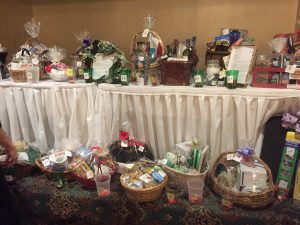
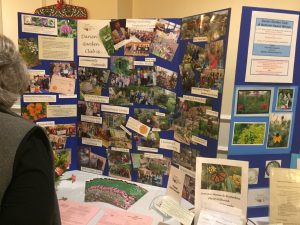
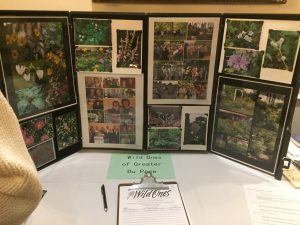
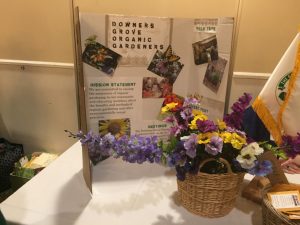
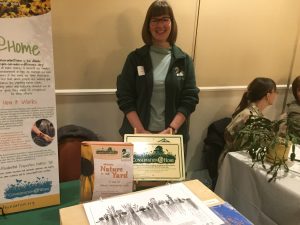
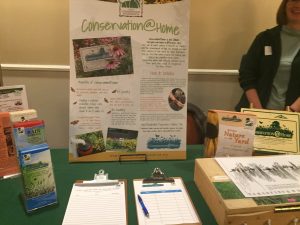
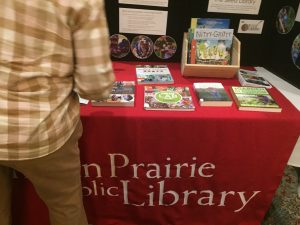
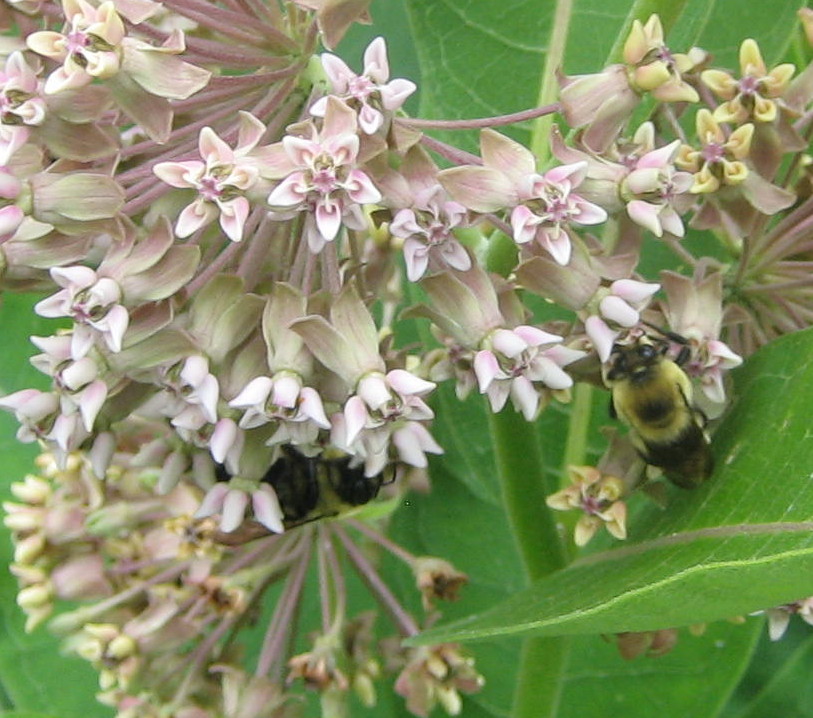


 ides private landowners with inspiration and resources to help them support pollinator populations, conserve clean water, increase biodiversity and restore soil. Inspired by
ides private landowners with inspiration and resources to help them support pollinator populations, conserve clean water, increase biodiversity and restore soil. Inspired by